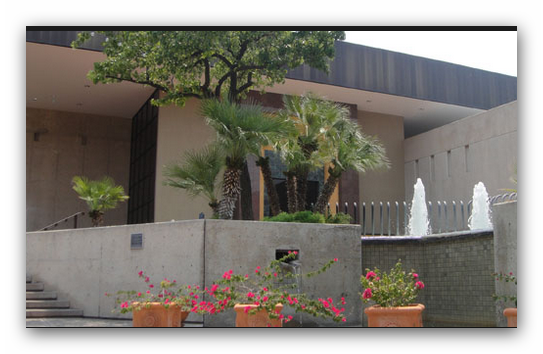Dec 5 2019 - Sep 6 2020
Tucson, AZ
Since the late 18th century, European art has dominated the focus of museums in the United States. America’s founding families, such as the Rockefellers, Vanderbilts, Carnegies, and Gettys, often traveled to Europe acquiring large amounts of artworks. These “masterpieces” eventually found their way into museum collections in the institutions they helped to build. Today, galleries dedicated to classical periods, such as Greek, Roman, Medieval, Renaissance, and Baroque, can be found at nearly every museum in the United States.
With the rise of Modernism in the late 19th century, European art reinforced its dominance. Artists and artworks of the infamous “ism” movements in European art, including Romanticism, Impressionism, Fauvism, Surrealism, and Cubism, quickly rose to become the new favorites. As museum-goers evolved throughout the 20th century, and with the rise of American art in the 1940s, audiences started to challenge the dominance of white-male European artists. The 21st century ushered in an increasingly more diverse visitor, and museums have responded by becoming more inclusive and representative of the times.
Today, museums are expanding on the idea of what defines European art. They are challenging the traditional “gallery of masterpieces,” while not abandoning the importance of classical and academic artworks. Favoring exhibitions that are thematic and cross-generational, there is now an emphasis on including artworks by women, LGBTQ+, and artists of color in their European galleries.
Works in this exhibition span six centuries, from the 16th century through 2014, and include paintings, sculptures, photography, works on paper, glass, ceramics, and decorative arts.
Credit: Exhibition overview from museum website
Exhibition Venues & Dates
Dec 5 2019 - Sep 6 2020
Tucson, AZ
